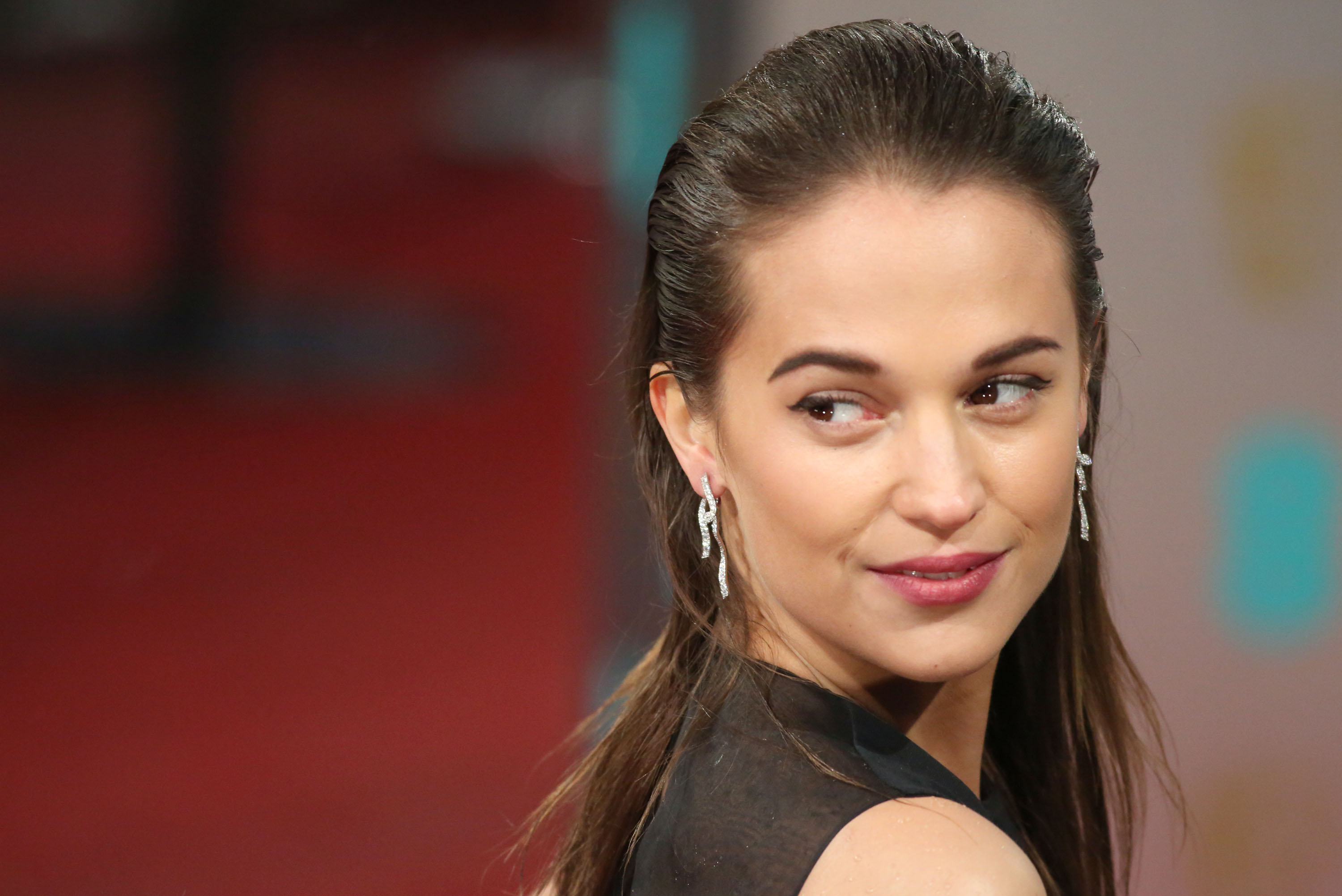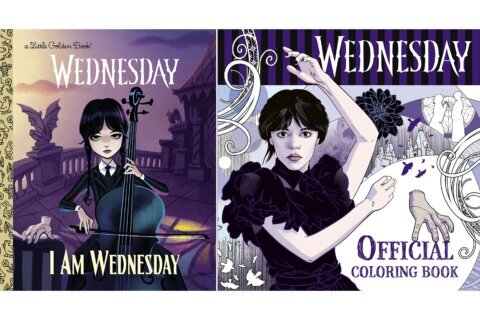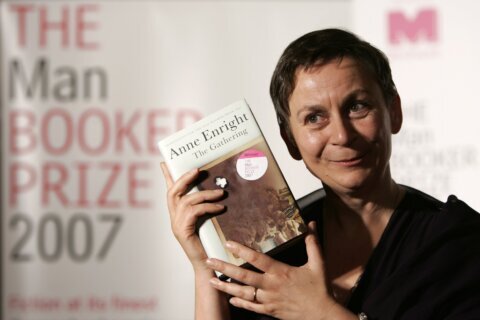WASHINGTON — It’s no secret that Michael Fassbender and Alicia Vikander are real-life lovers — sharing a congratulatory kiss at this year’s Academy Awards — but it’s also no secret that they’re two of the most talented actors working today.
Fassbender earned Oscar nods for his flawed pioneer in Danny Boyle’s “Steve Jobs” (2015) and his slave master in Steve McQueen’s “12 Years a Slave” (2013) — the scariest since Ralph Fiennes in “Schindler’s List” (1993) — while Vikander competed against herself at the Golden Globes for Alex Garland’s “Ex Machina” and Tom Hooper’s “The Danish Girl” (2015), the latter winning the Oscar.
Now, the couple’s on-screen power and off-screen romance passionately collide for foamy cinematic whitecaps in “The Light Between the Oceans,” a sweeping melodrama of moral dilemmas by daring director Derek Cianfrance of “Blue Valentine” (2010) and “The Place Beyond the Pines” (2012).
Based on a book by M.L. Stedman, the story explores a pair of newlyweds, lighthouse keeper Tom Sherbourne (Michael Fassbender), and his wife Isabel Graysmark (Alicia Vikander), who live on an isolated island off the coast of Western Australia. After several failed attempts to have a baby, the happy couple becomes distraught — until an adrift rowboat washes ashore carrying a helpless baby.
While Isabel views it as a motherly miracle, a guilt-ridden Tom wants to contact the authorities in case the real mother is still out there. Enter Hannah Roennfeldt (Rachel Weisz), who believes her daughter drowned at sea. Will the young couple continue the masquerade? Or will their guilt cause them to give the child back to her rightful mother? The answer lies in the light between the oceans.
The off-screen lovers are electric in their romantic scenes — see the love in their eyes as she gives him a shave — just as they are combustible in their altercations. Their humanity is all the more impressive when you consider they’ve both played the other side of the coin, mastering the android art of artificial intelligence: Fassbender as David in “Prometheus” (2012) and Vikander as Ava in “Ex Machina” (2015). Perhaps it takes knowing what robots lack to truly appreciate our mortality.
Add another Oscar champ like Weisz (“Constant Gardener”) and you get a trio of achingly beautiful performances that evolve from tenderness to grief, from noble sacrifice to high-road forgiveness. Forget “love triangle;” this is a “baby triangle,” giving new meaning to the phrase “parent trap.” It’s a morality play of lose-lose dilemmas, pitting what’s right for themselves vs. what’s right for the child.
Such moral dilemmas are maximized by Cianfrance’s faithful script adaptation, as Weisz’s character shows up at just the right time. If she arrived when Lucy/Grace (Florence Clery) was still a barely-conscious toddler, the decision to give her back would have been far easier. But by having the child old enough to remember her adopted parents ups the stakes with a much greater moral dilemma.
Fassbender’s guilt is fascinating in its various manifestations, writing incriminating letters like Robert Durst in HBO’s “The Jinx” (2015) and leaving gifts like Boo Radley in “To Kill a Mockingbird” (1962). As he falls on the sword for his loved ones, we watch to see whether Weisz and Vikander will make their own similar sacrifices. Viewers are left pondering which mother should hold her ground, which mother should take the selfless high road, and what we would do in this heart-wrenching situation.
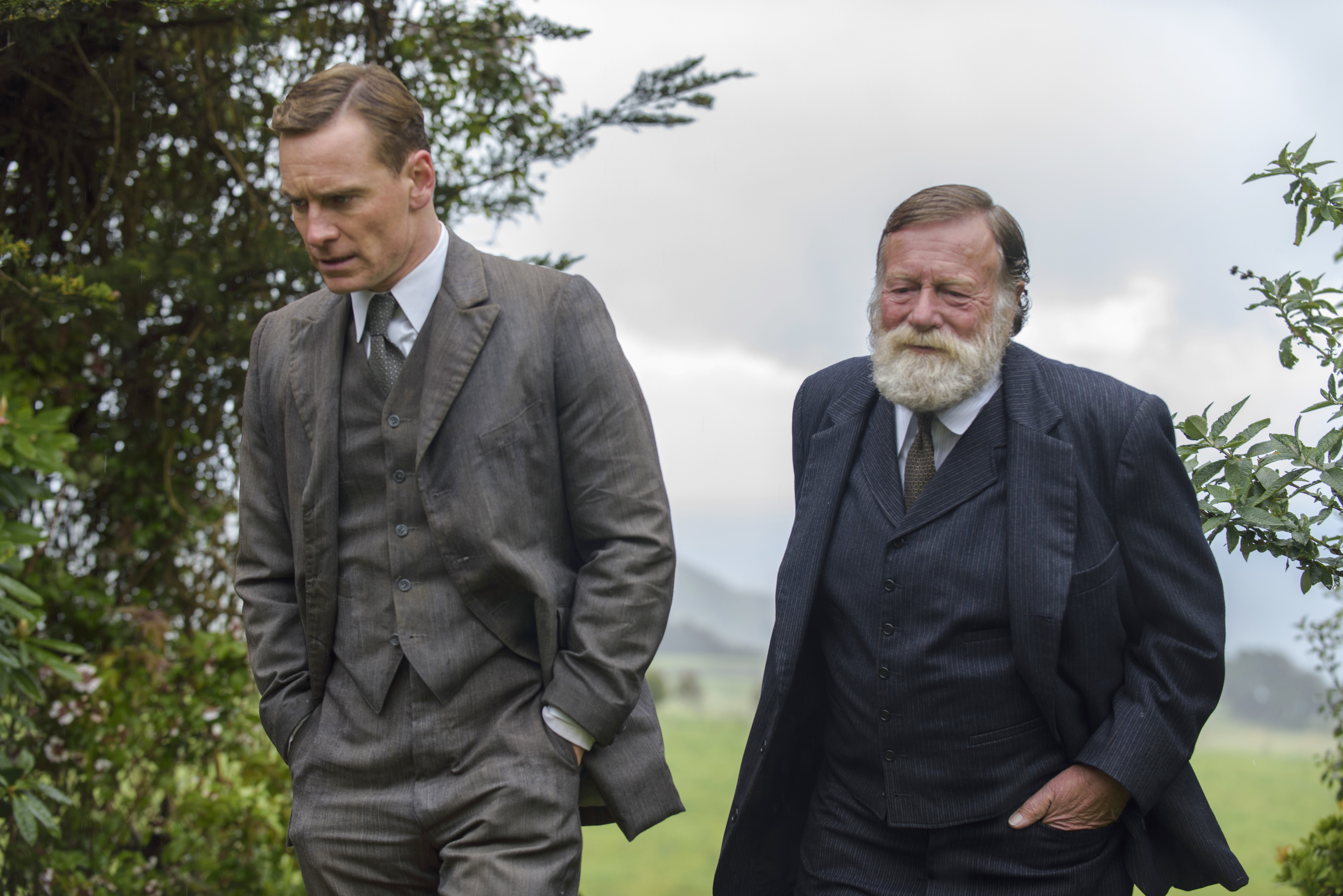
Of course, the script is not without its faults. At times, you can feel the plotting throughout Act Two, becoming weepy down the stretch as we approach a tacked-on epilogue. With lesser actors, it might feel heavy handed, but within the vessels of Vikander, Fassbender and Weisz, this is melodrama at its finest, baby. If the outcome feels predictable, it’s because it’s wonderfully fatalistic. We know certain decisions will have bad outcomes and yet we watch the tragedy as an omniscient creator knowing these characters’ fates, hoping they learn from their mistakes, and praying for their forgiveness.
This watchful cinematic eye is most effective in an early sequence of parallel action, as a pregnant Vikander climbs the lighthouse staircase in a torrential downpour, while Fassbender sits inside, unable to hear her banging on the door. Suddenly, we get a purposely-jarring cut to a quiet bird in the calm after the storm, as Fassbender descends the stairs and opens the door to find a horrific truth. You could use this sequence in a film class to teach parallel-action perfection, the 2016 answer to an ongoing evolution that began with Edwin S. Porter’s “Life of an American Firefighter” (1903).
We’ve come a long way since those days, evidenced by the intoxicating cinematography by Adam Arkapaw (“True Detective”) and another hypnotic score by Alexandre Desplat (“The Imitation Game”). Working with both emotive masters, Cianfrance captures both the epic and the intimate, from sweeping helicopter shots of the hilly terrain and waves stretching to the horizon, to detailed close-ups of Vikander guiding Lucy’s first baby steps, recalling Jessica Chastain teaching her child to walk in those masterfully romanticized close-ups in Terrence Malick’s “The Tree of Life” (2013).
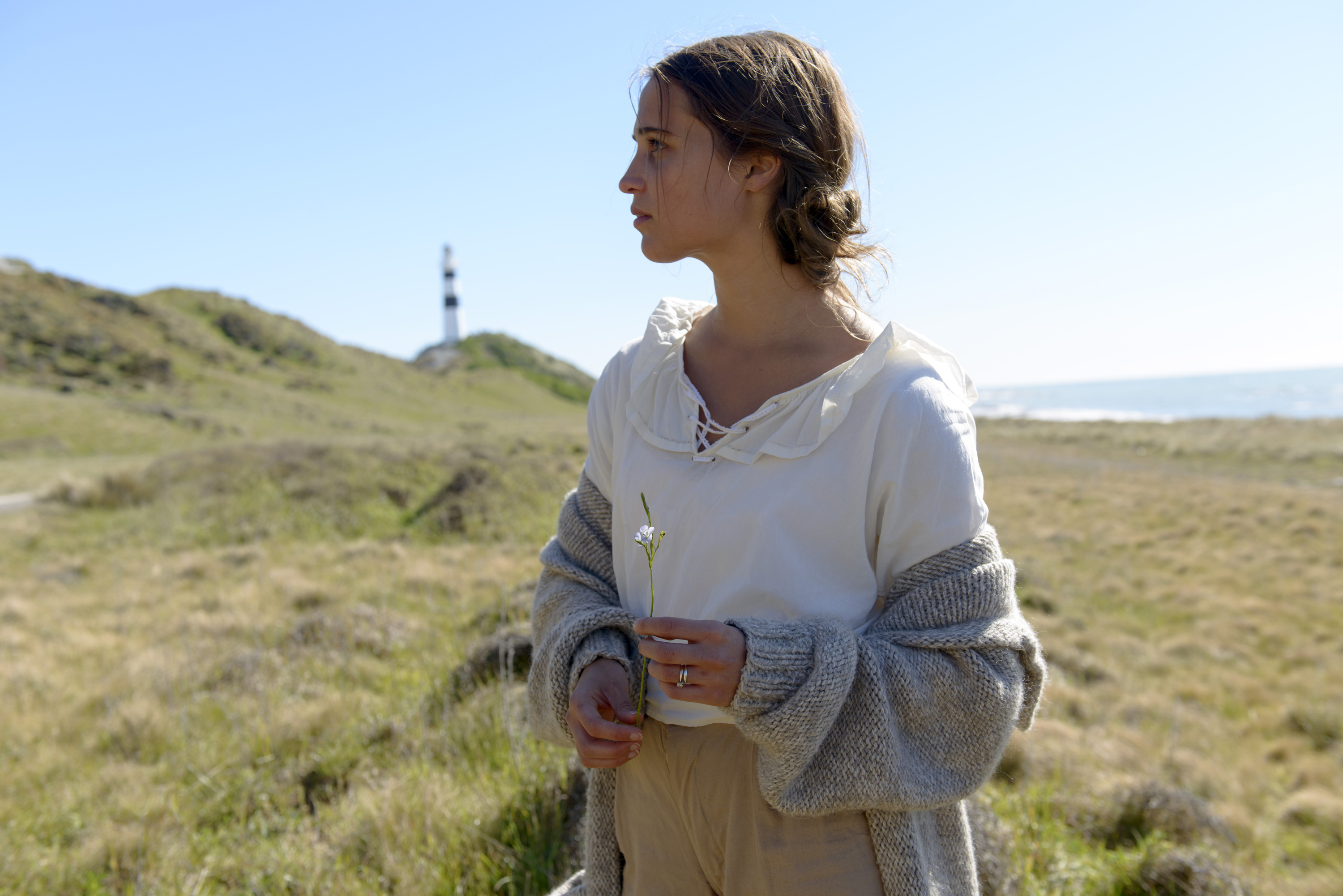
All the while, the lighthouse taunts the couple as a phallic reminder of their infertility. It’s this shaft that causes Vikander’s various miscarriages — both physically with its locked door and geographically with a life of extreme isolation that keeps doctors at a distance from her labor pains. Ironically, it’s this same light that likely brought the baby to the island in her father’s desperate final moments.
Thus, it’s only fitting that this child would become the metaphoric “light between the oceans,” her innocence cleansing both sets of parents like the two-sided figurine found in the boat and the legend Fassbender recites about the Roman God Janus facing both directions. Instead of Moses parting the Red Sea, this baby-in-a-basket brings the two seas together with the healing power of forgiveness.
While some may also equate the lighthouse to the flashing light of romance between Gatsby and Daisy, the better analogy remains the oil derricks in Douglas Sirk’s “Written on the Wind” (1956), shown pumping during Robert Stack’s jealous car ride and stroked in miniature by Dorothy Malone.
Like Sirk’s melodrama masterpieces, viewers in-the-now may roll their eyes at the soapy tugs of our heartstrings, writing the film off as present-day schmaltz. But looking back decades from now, we’ll see a vibrant metaphor at work. And so, for now, we’ll smile at its detractors with forgiveness, for as Weisz says, it takes much more effort to hold a grudge because “you only have to forgive once.”

This rating is on a 4-star scale. See where this film ranks among the year’s other movies in our Fraley Film Guide.


